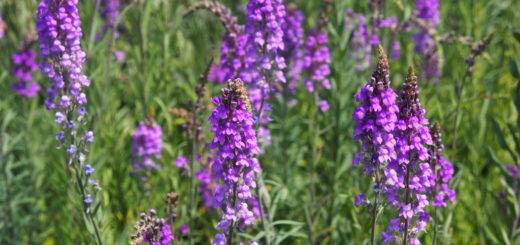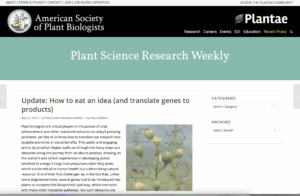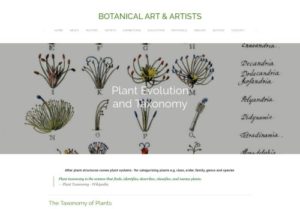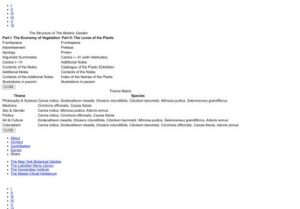Imperial Gardening

There are moments when it seems like gardening is English. I seem to recall sensing this even as a child, growing up in the American Midwest, that there were “English” gardens — either long-ago or far-way, but not here and now — and that they represented some sort of ideal or authority. However that may be, it seems to me that in England, gardening really is a constant presence and, perhaps by contrast to my experience in the US, conspicuously lacking in any sense of a distant, absent authority. It is visible and audible everywhere — although by “it” I do mean a practice that is rather particular — very well outlined by Penny Lively in her recent book, In the Garden, involving garden centres, Gardeners’ World [magazine], the BBC programme Gardener’s Question Time, fashions, assumptions, patterns.
It occurred to me some three or four years ago, in beginning to grasp how very many plants in English gardens are very definitely not English, that gardening here is somehow bound up with empire — and this in turn with the sense of national identity. In a book called The Brother Gardeners: Empire and the Birth of an Obsession, Andrea Wulf has assembled the hard data to underpin exactly this premise. She identified six men working over a little more than half a century, between about 1740 and 1790, who intersecting roles in the integration of gardening into England’s self-image: they collected, shipped, bought and sold plants from all over the world; they pioneered ways of maintaining artifical growing conditions for plants from climates very different from England’s; they established a systematic [Latin] nomenclature for plants and with it the basis for the sciences of botany and horticulture; they founded new institutions — public gardens, journals and academic disciplines, all of which displayed and promoted new plants, published new research, provided models for visitors to follow, and almost inadvertently initiated a vast trade in plants, tools, and information.
The parallel to Britain’s imperial interests is clear: over the same years, the transportation of plants was part of an expanding program of exploration and trade — and colonization on a global scale. The image above is of the John Bartram House and Gardens, now an important monument and research center in the Philadelphia area: Bartram was instrumental in collecting plant specimens from the very wide swath of the USA and sending them to Peter Collinson in London. Their rich and sometimes rather stormy correspondence lies at the heart of Wulf’s book. The two were on very different social levels, but maintained a mutual respect and a very productive working relationship.
Wulf’s book musters the evidence — names, dates, personalities, obsessions and conflict. She’s treated the long-term effects only briefly, however, the effects on language, on consciousness, on ethical and aesthetic experience.






